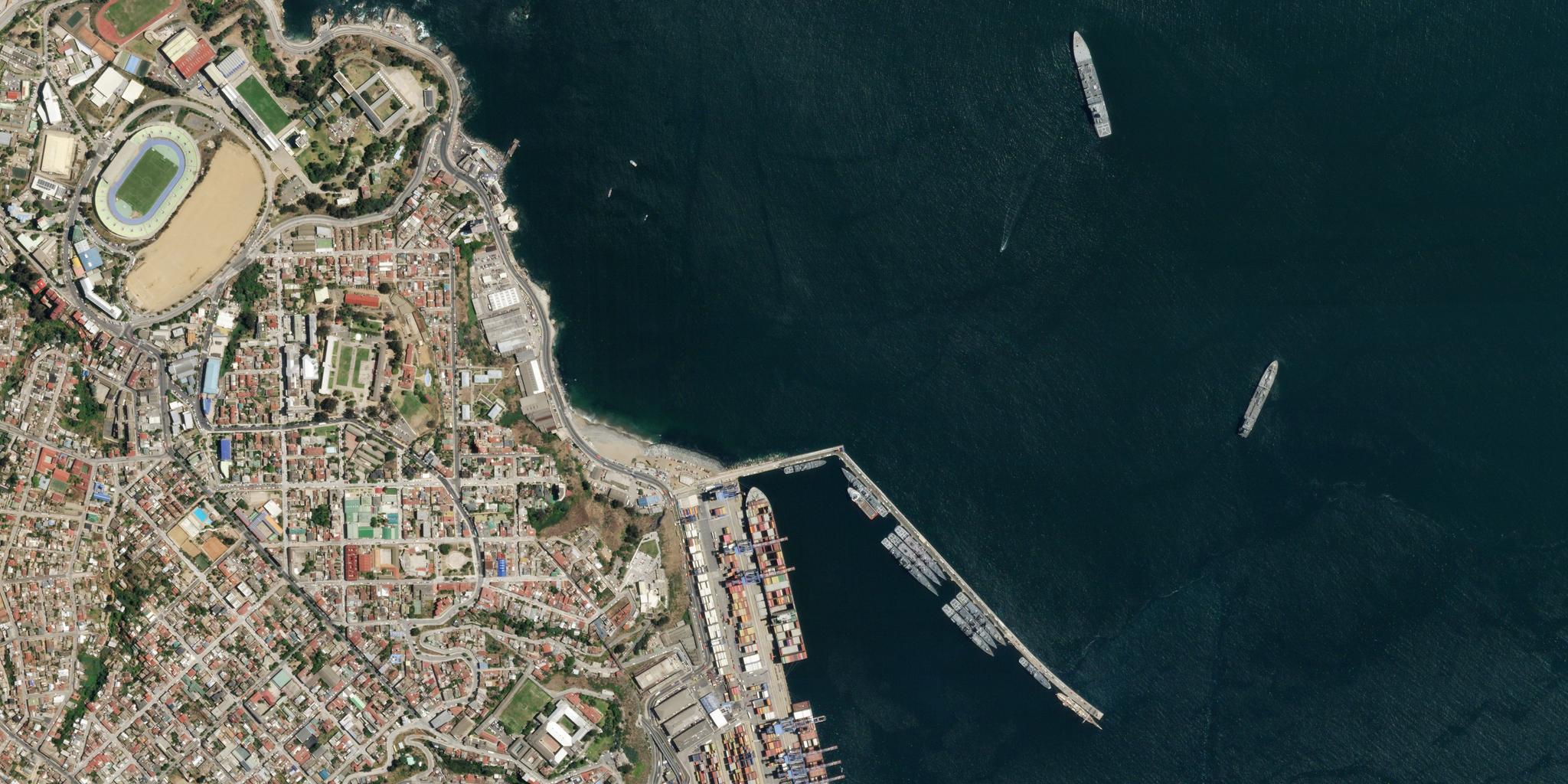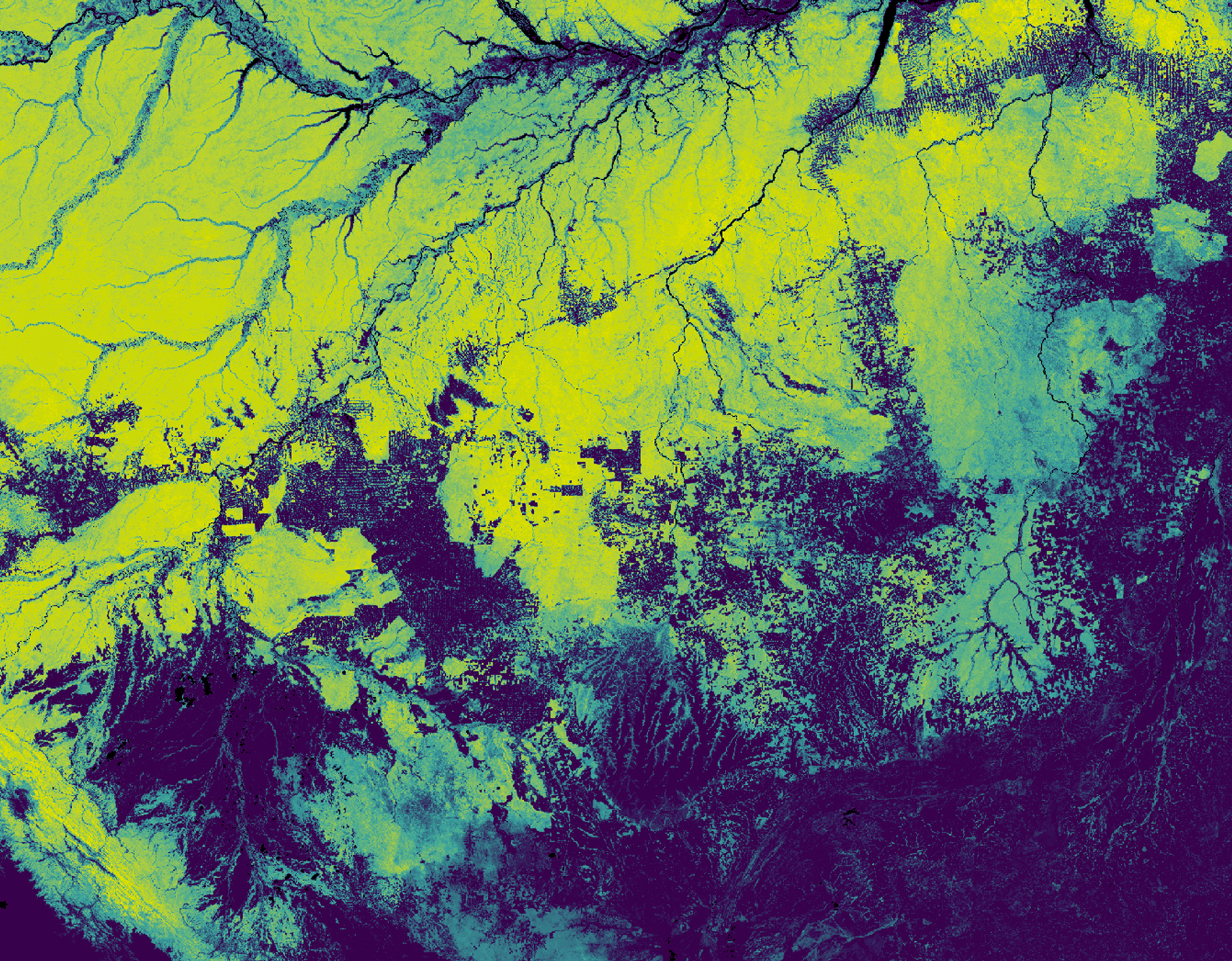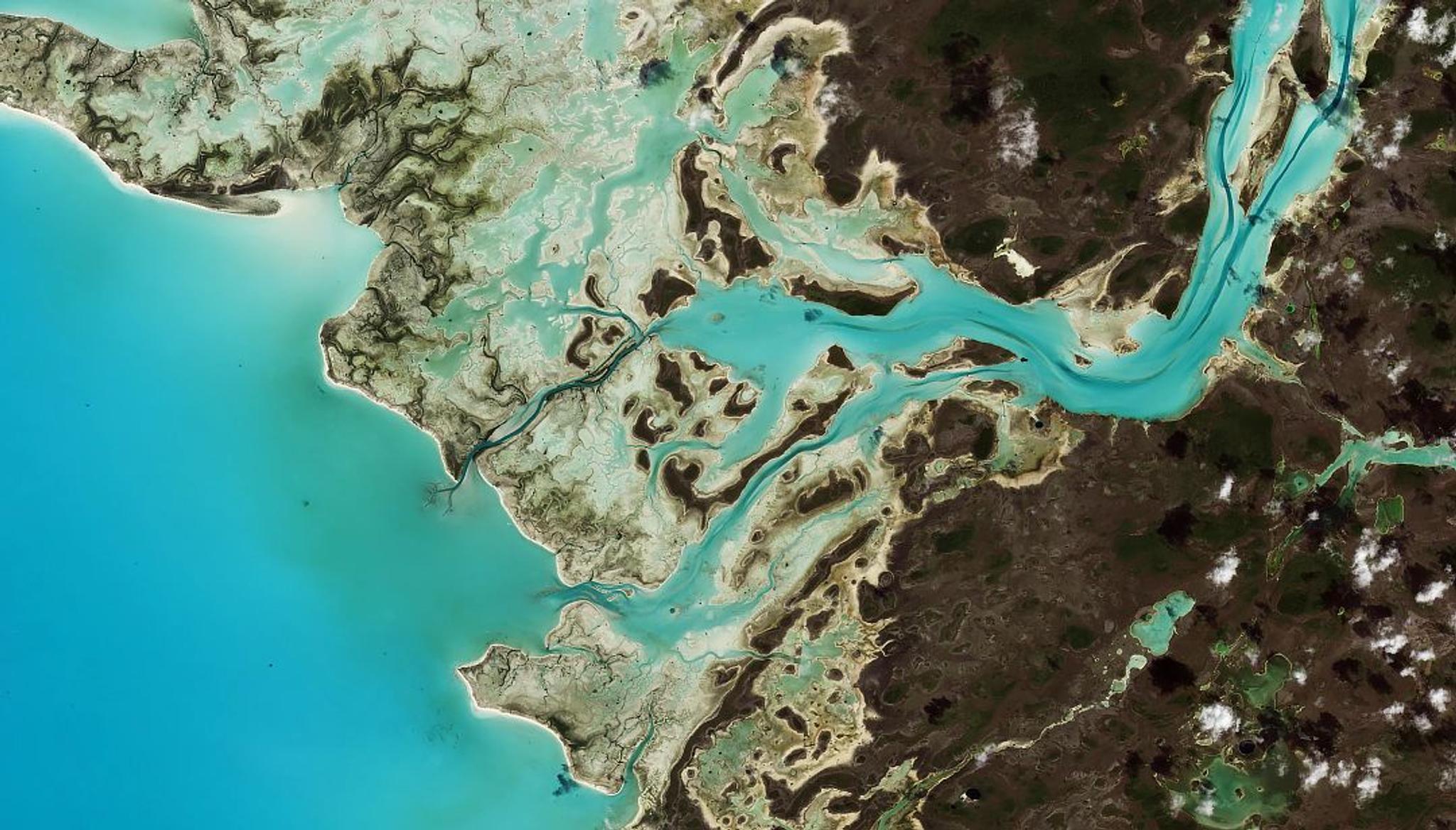Self-Guided Learning Opportunities For Hispanic Heritage Month
In 2021, Hispanic Heritage Month begins on September 15 and ends October 15, as it has every year since 1989. It's split across two months because September 15 is a key date in the history of several Latin American countries: It's when Costa Rica, El Salvador, Guatemala, Honduras, and Nicaragua declared their independence from Spain in 1821. To celebrate and show Planet’s support for this community, we’re engaging in these self-guided learning opportunities throughout the month. We hope you join us! On-demand OpportunitiesArts
- SF Mural tour through the Mission
- Frida Kahlo: Appearances Can Be Deceiving Digital Curator Discussion - This presentation celebrates the life and artistry of the iconic artist with a behind-the-scenes look at the DeYong Museum’s exhibit.
- Diego Rivera, Pan American Unity - A famous mural painted by Mexican artist and muralist Diego Rivera for the Art in Action exhibition at Treasure Island's Golden Gate International Exposition in San Francisco, California in 1940. The mural’s theme of cultural solidarity and exchange during a time of global conflict remains poignant today.
Commerce
Community
- Hispanic Heritage Foundation’s LOFT Charlas series -Join for local, self-organized discussions that were created to inspire and connect leaders from different backgrounds in a supportive family like environment. Begin by viewing Belonging within the Latinx community and the Digital Divide which discusses impact on education, workforce development, healthcare and community organizing.
Film & Entertainment
- Enjoy Spanish language movies. Here are their Top 10 essential viewing:
- Roma (2018)
- Pan's Labyrinth (2006)
- All About My Mother (Todo Sobre mi Madre) (1999)
- La Cienaga (2001)
- Simón del Desierto (Simon of the Desert) (1965)
- Pain and Glory (Dolar y Gloria) (2019)
- I am Cuba (Soy Cuba) (1995)
- The Chambermaid (La Camarista) (2019)
- Gloria (2014)
- Death of a Cyclist (Muerte de un Ciclista) (1958)
History and Comedy
- Latin History for Morons - A one-man Broadway show inspired by the lack of Latinos from his son’s American history books, Colombian actor John Leguizamo takes you through 3,000 years of Latin history starting from the Maya civilization to the modern age of Pitbull.
Science
- Breaking Barriers: Ellen Ochoa's Journey from Stanford to Space - In 1993, flying aboard NASA’s Discovery shuttle, Ellen Ochoa became the first Latina to travel to space. Tune in as she reflects on her barrier-breaking life journey, which has included four separate missions, 1,000 hours in orbit, a role in the first docking to the International Space Station, and service as the first Latina and second female director of the Johnson Space Center.
- In this article, Adriana C. Ocampo Uria, a Colombian planetary geologist and a Science Program Manager at NASA Headquarters, discusses Chicxulub Puerto, Mexico. Chicxulub, is the centre of the impact crater that scientists believe was made when the asteroid that wiped out the dinosaurs smashed into the Earth’s surface.

Ready to Get Started
Connect with a member of our Sales team. We'll help you find the right products and pricing for your needs





